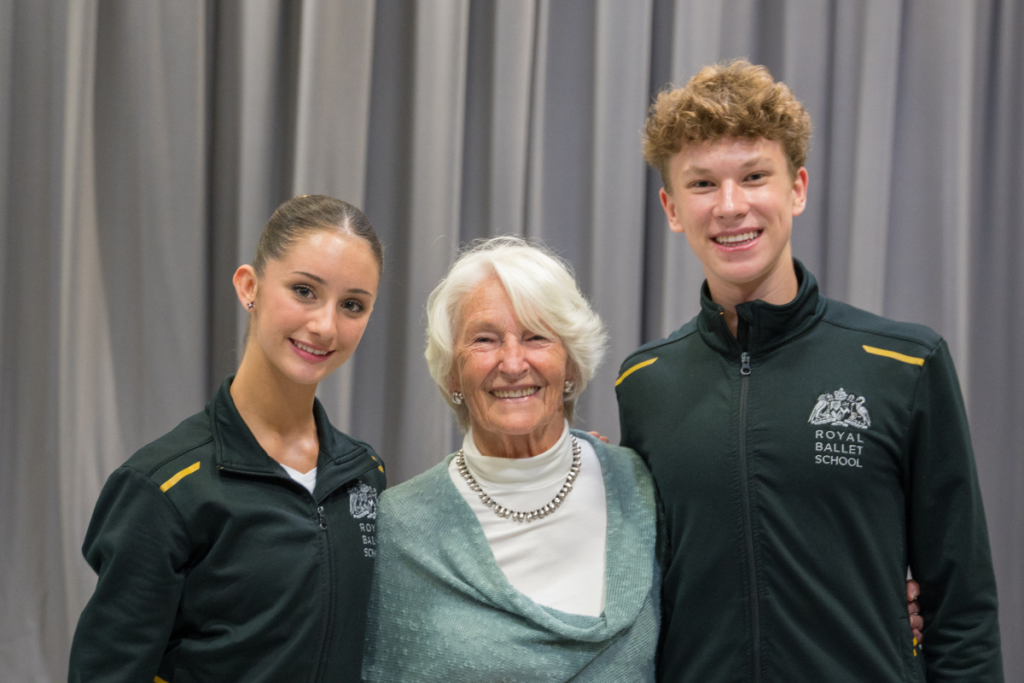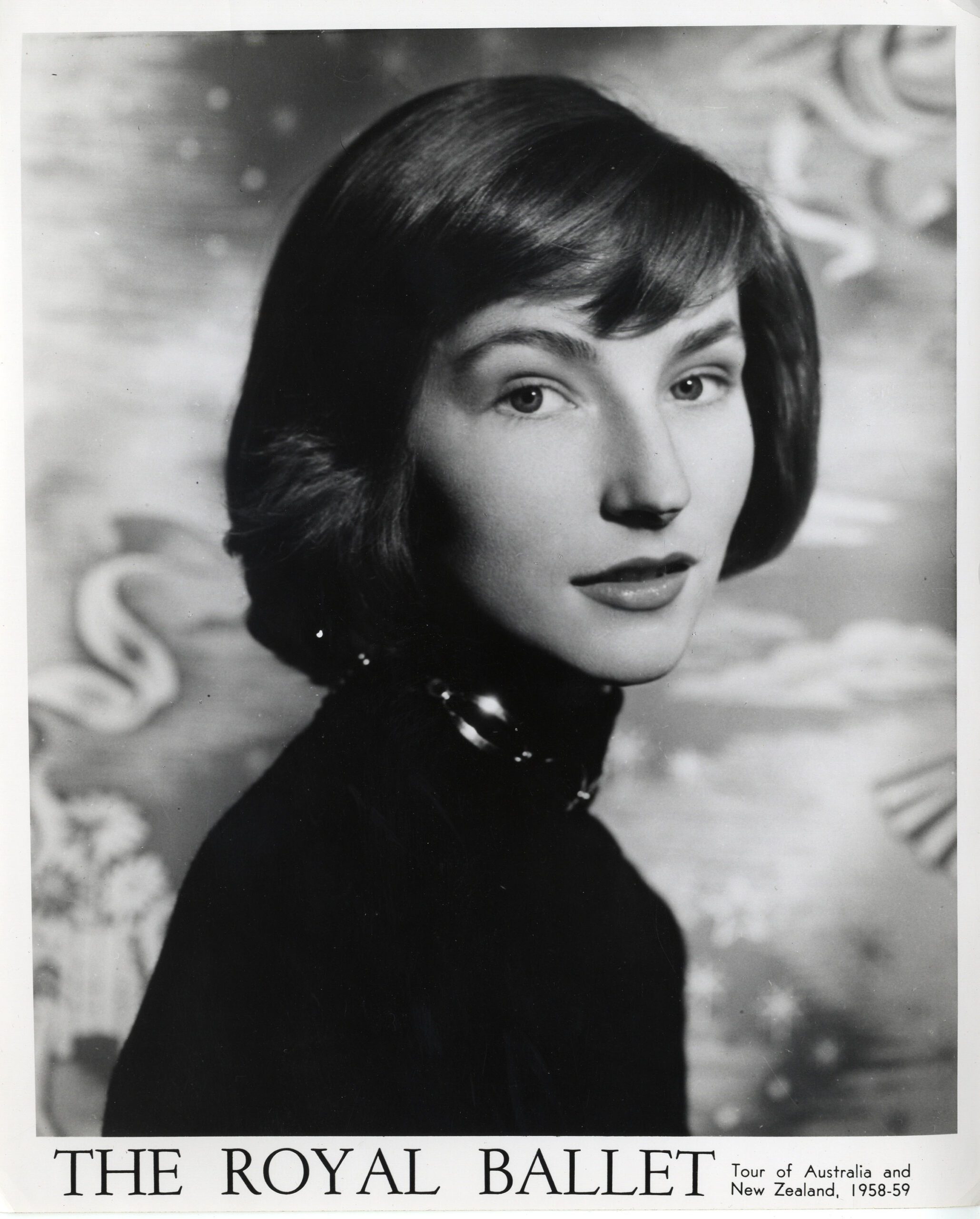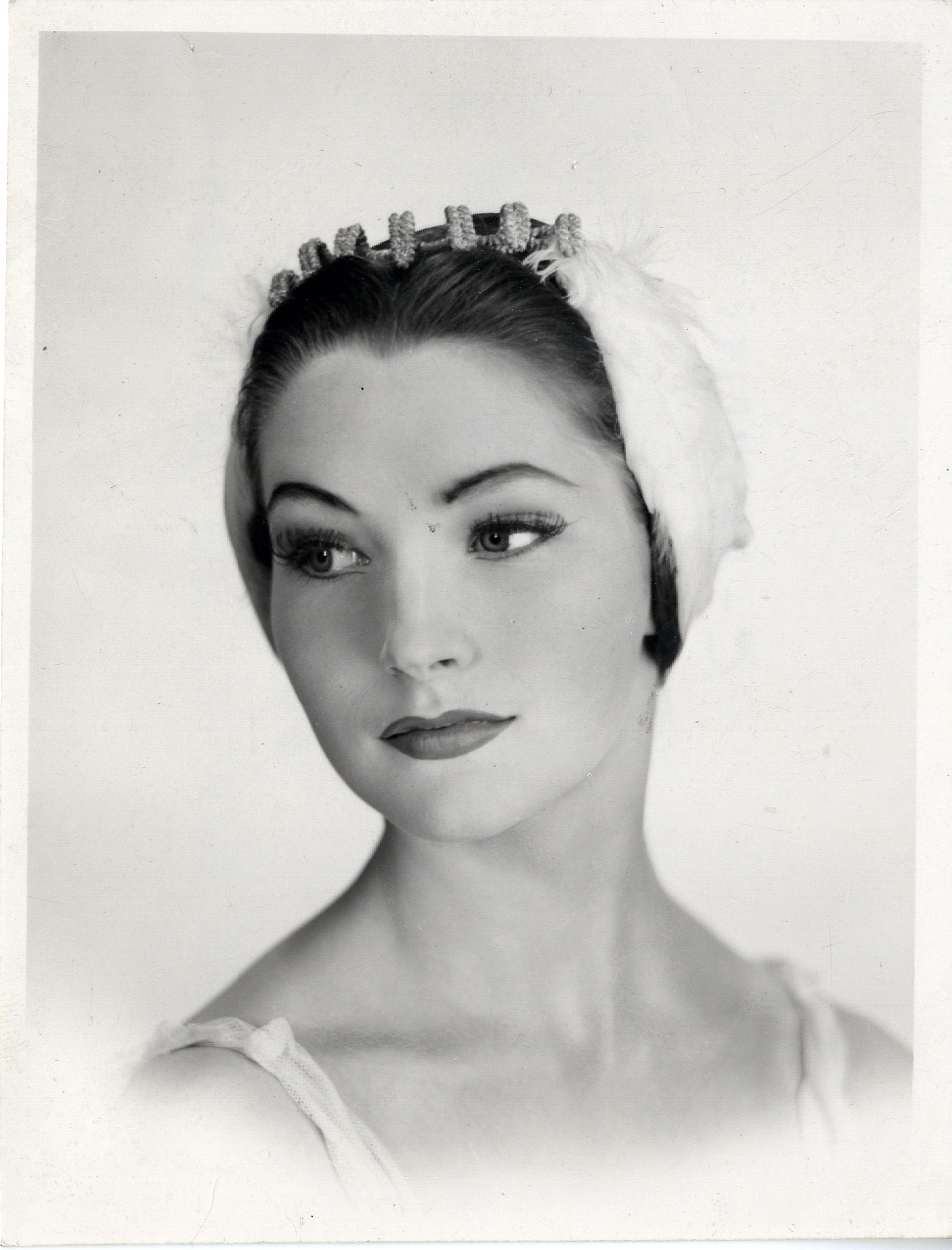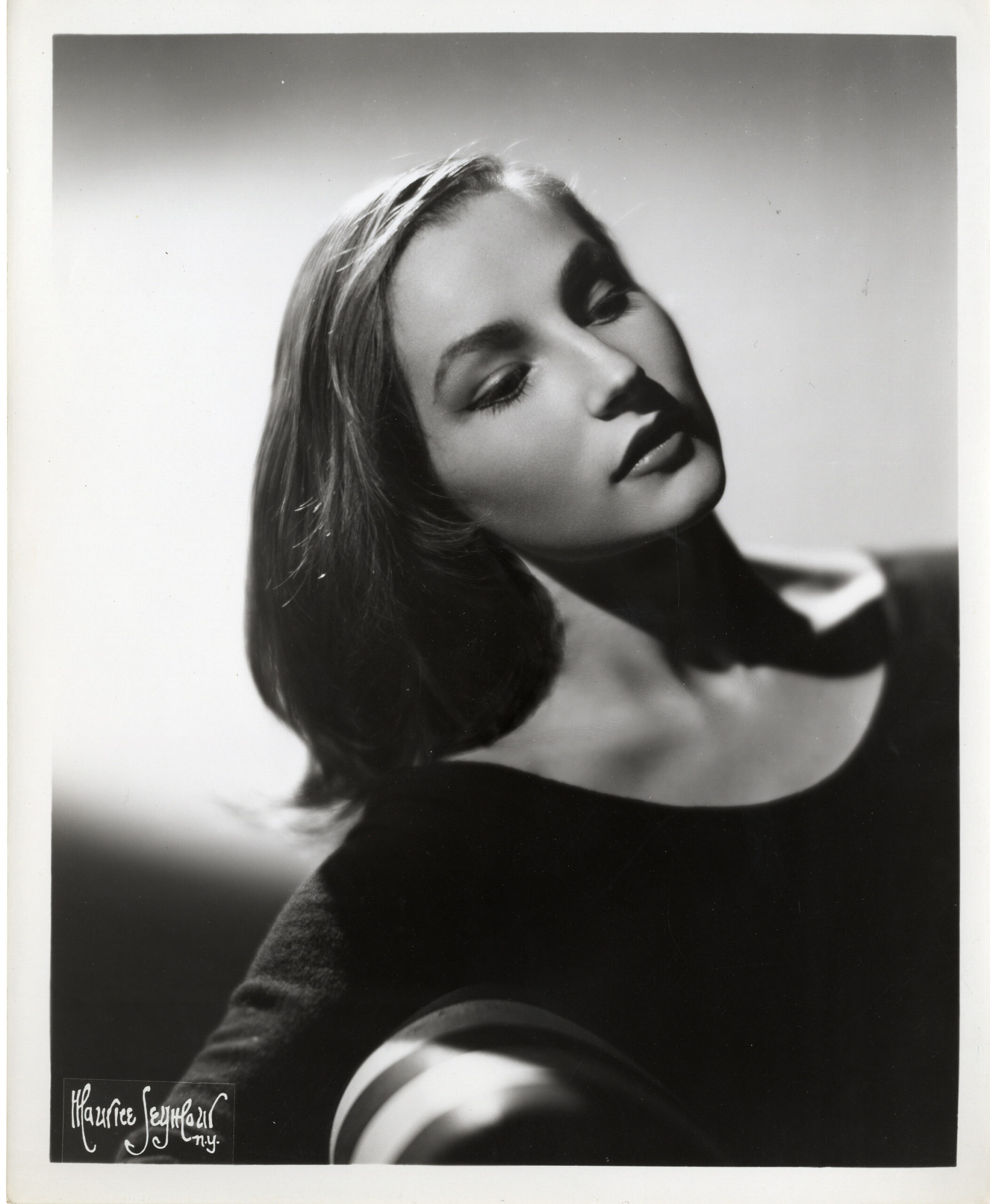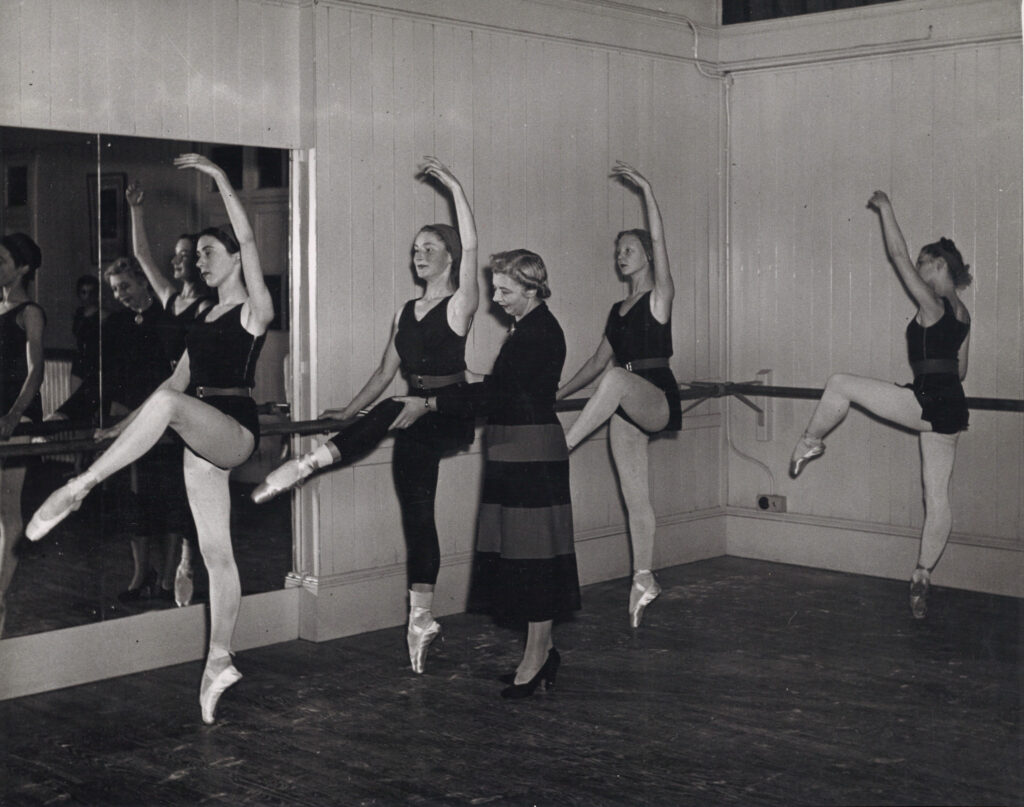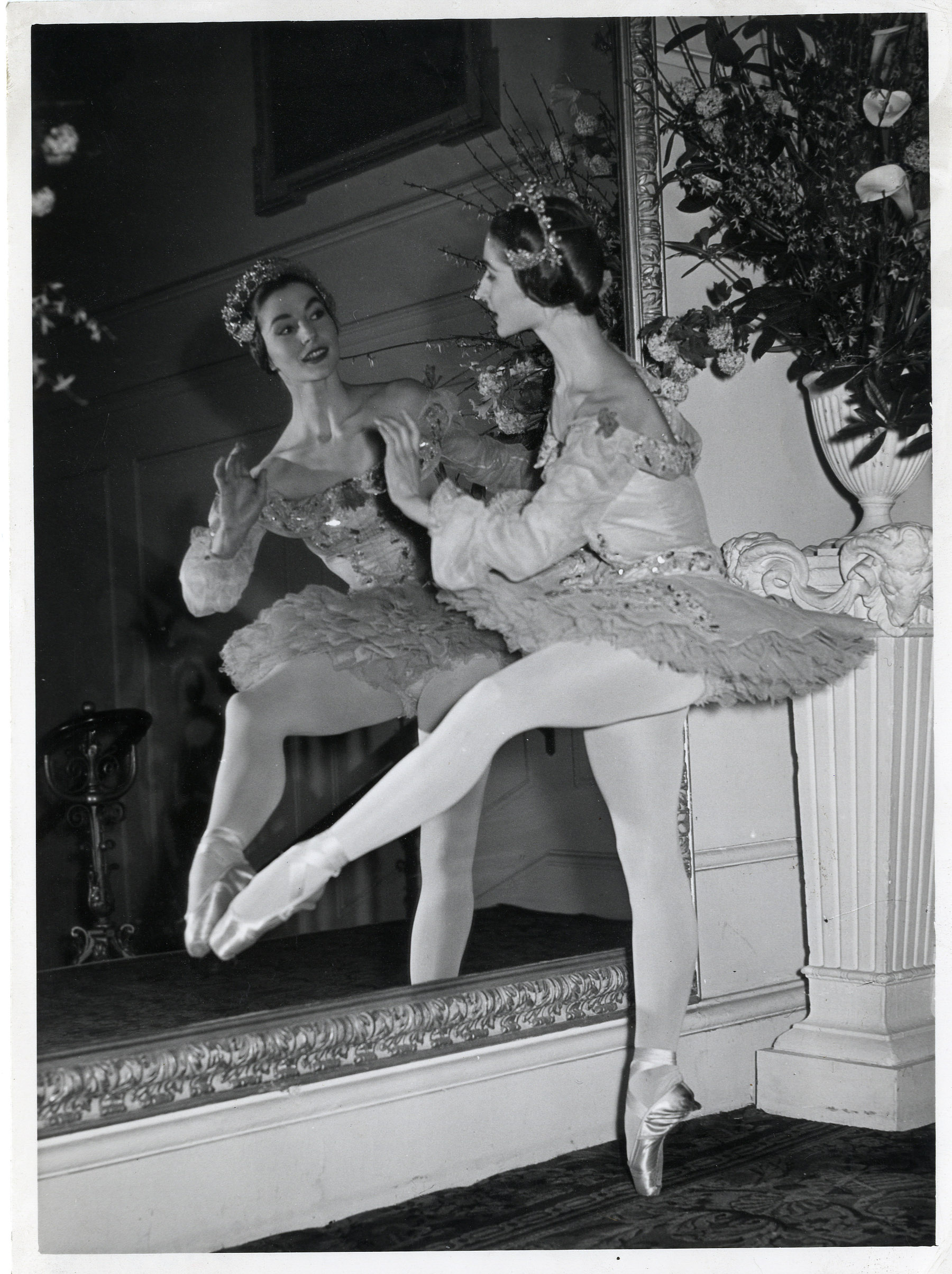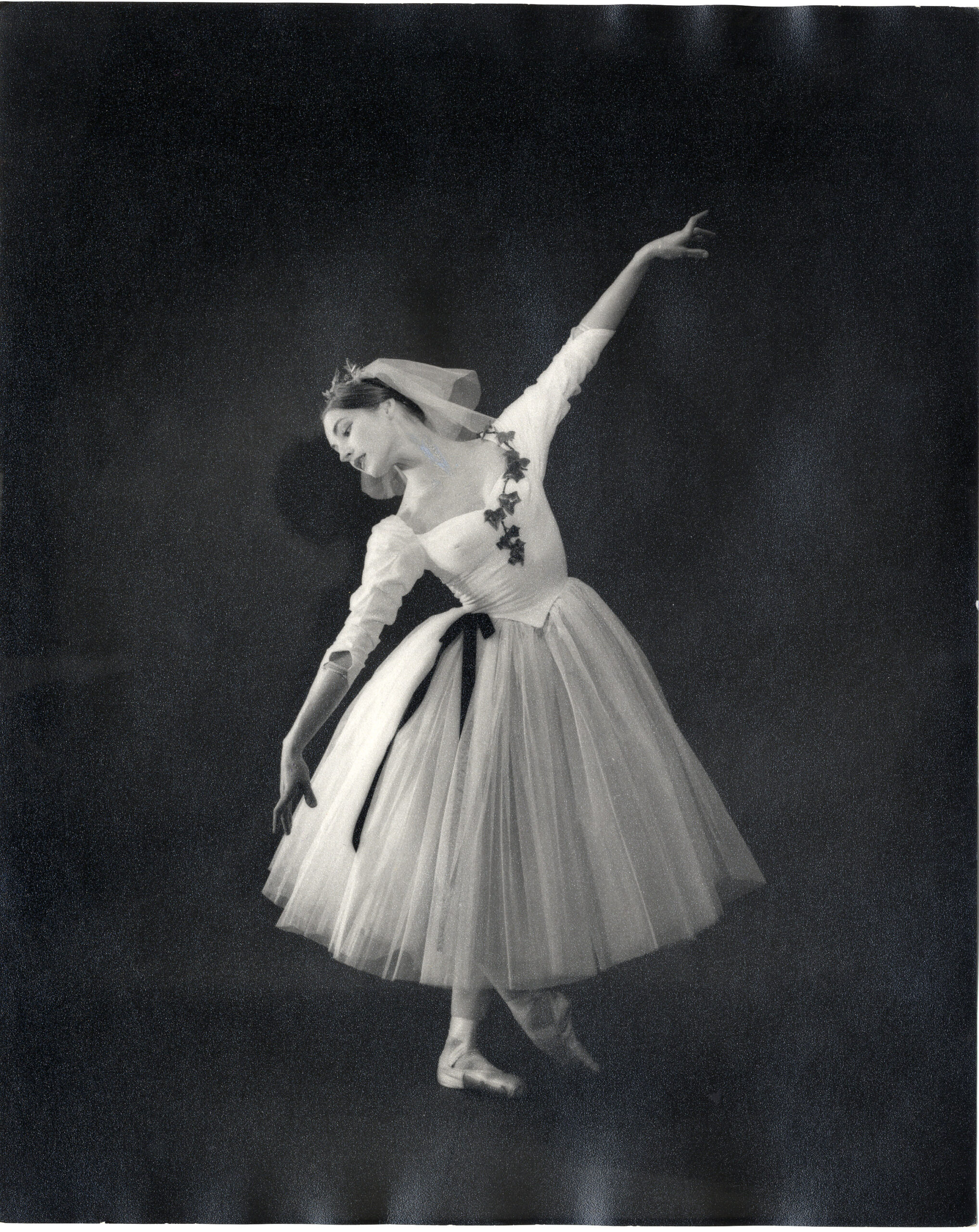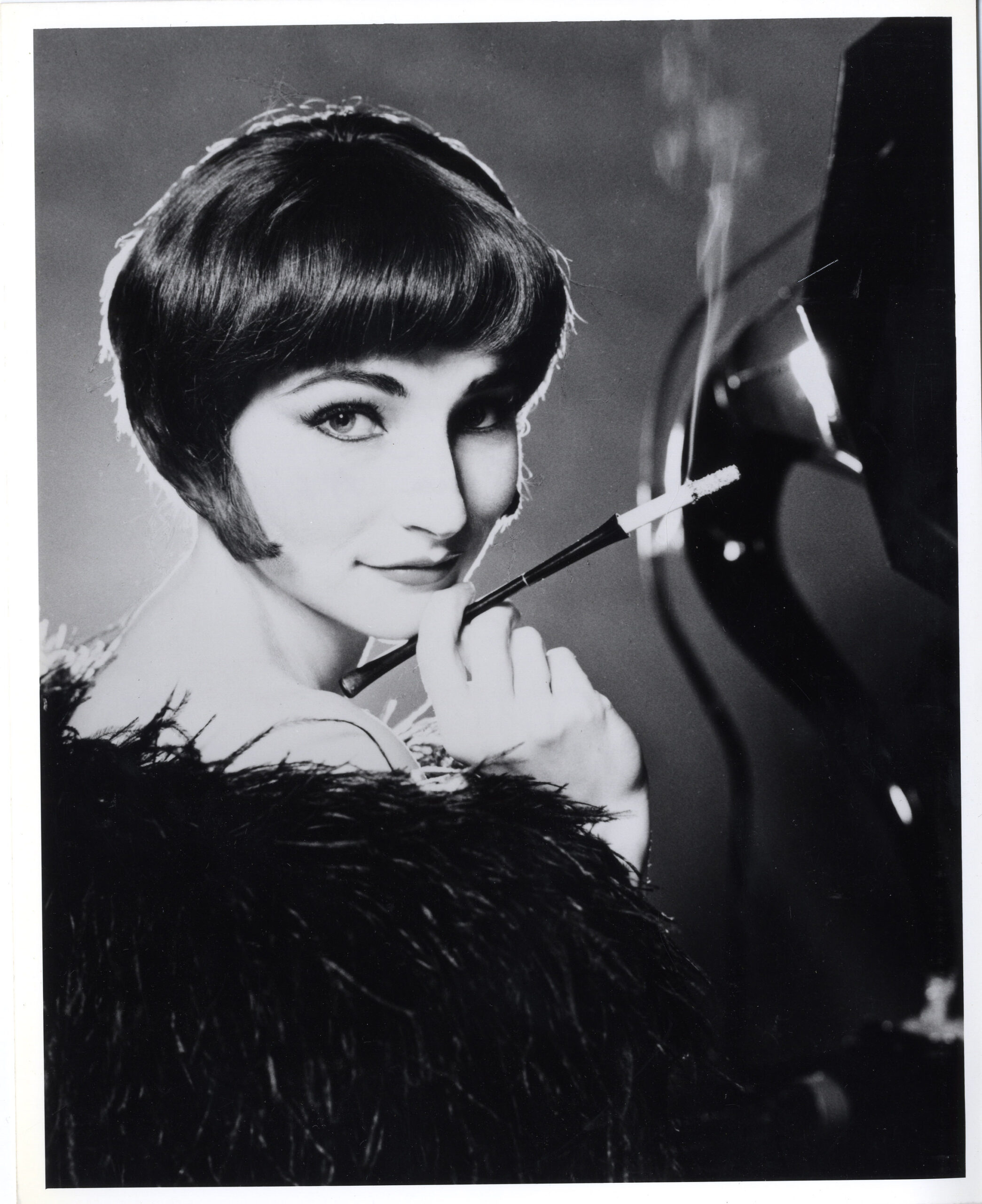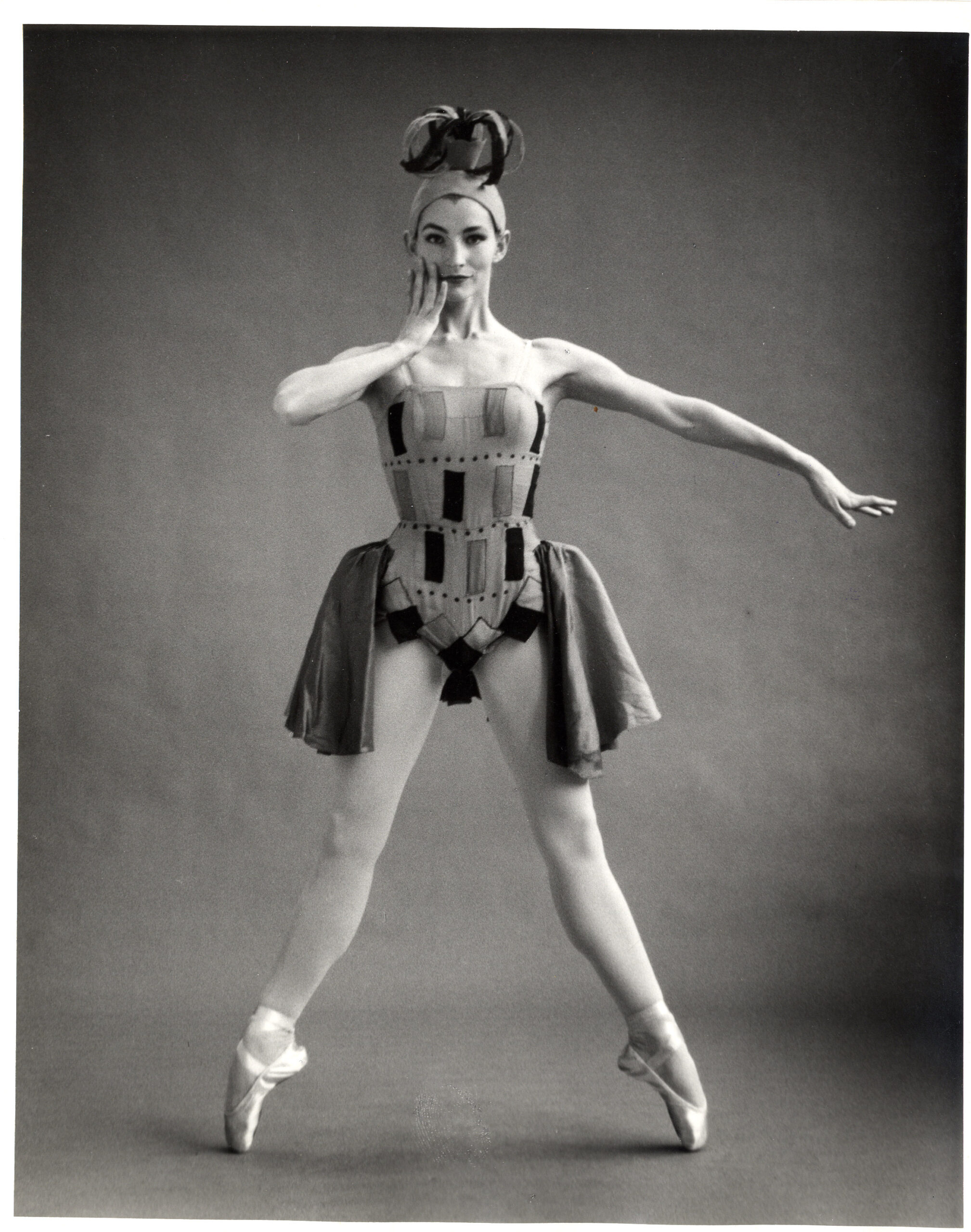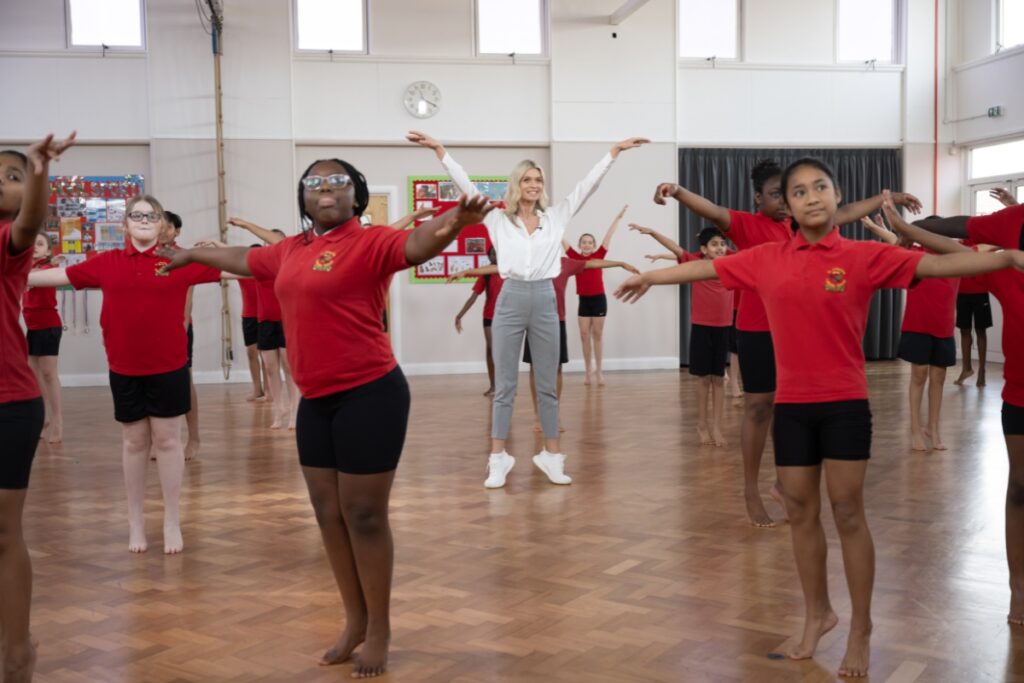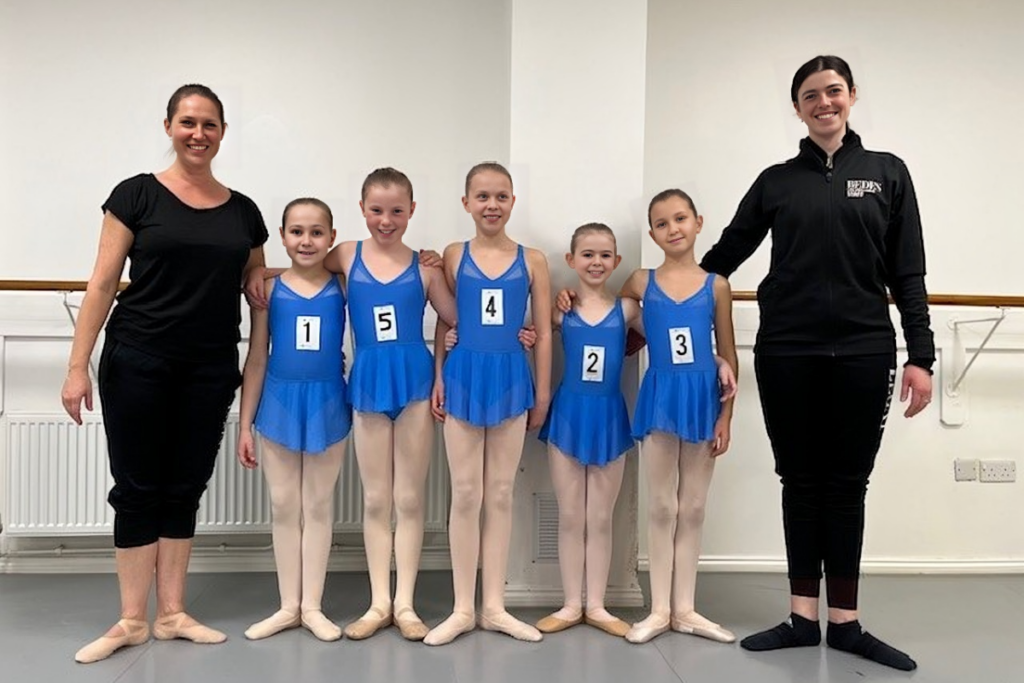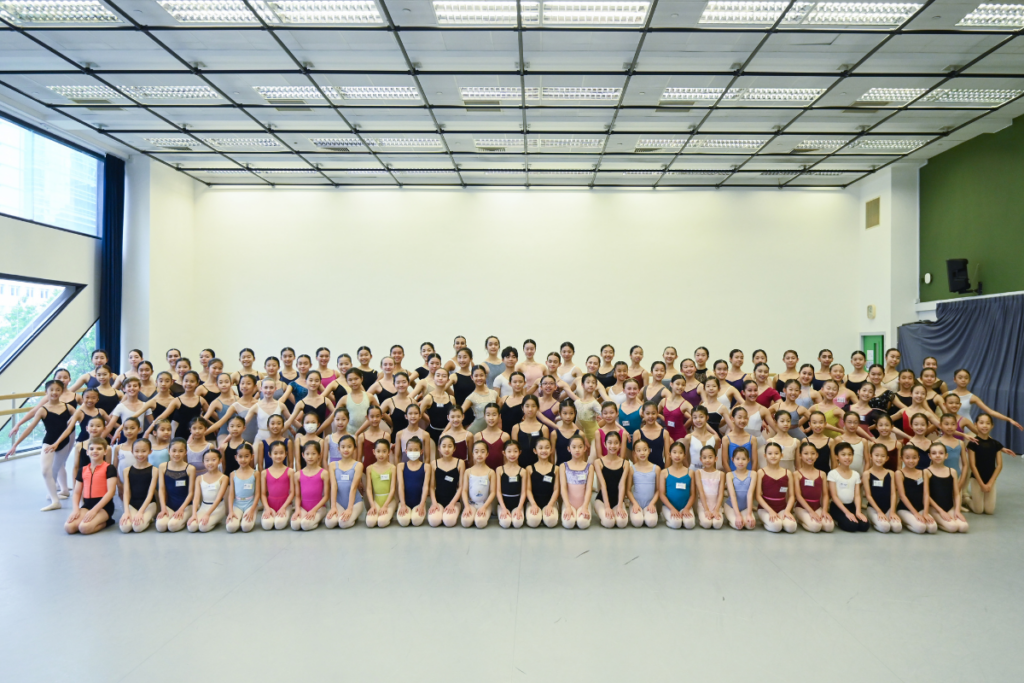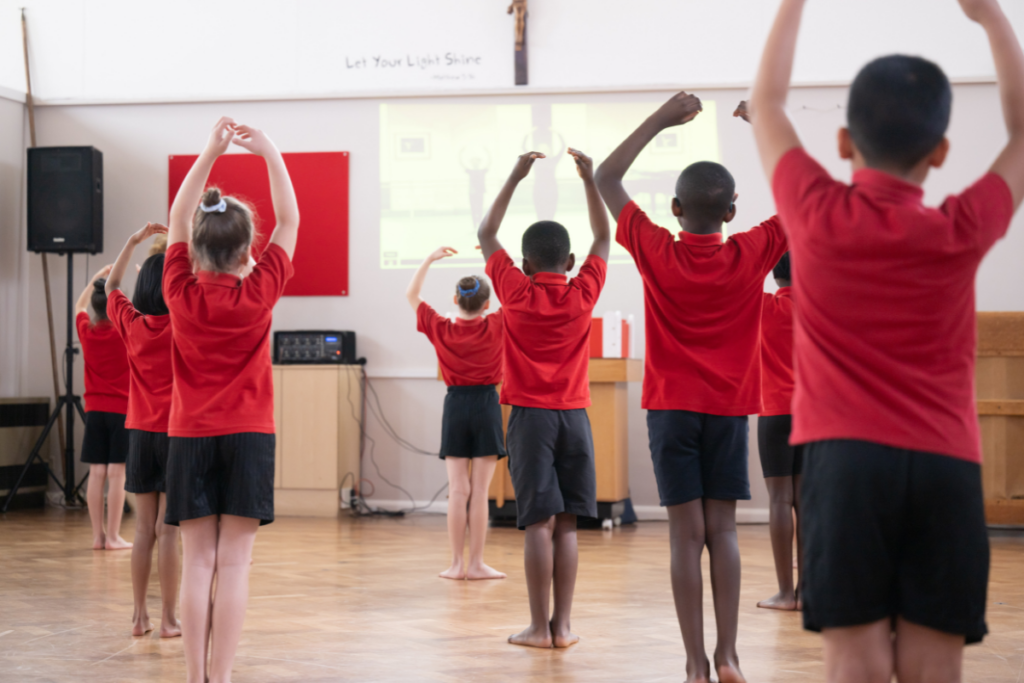A Creative Artist Talk with Lady Anya Sainsbury
Lady Anya Sainsbury of Preston Candover, CBE, holds a significant place in the heart of The Royal Ballet School. Together with her late husband John, Baron Sainsbury of Preston Candover KG, their unwavering support has been instrumental in the success of the School and the broader success of the arts in Britain.
Lady Sainsbury has a long-standing connection with the School, having trained with Sadler’s Wells Ballet School before joining The Royal Ballet (formerly Sadler’s Wells Ballet Company). Throughout her career, she performed in highly acclaimed roles and worked with some of the most renowned choreographers of our time, including Kenneth MacMillan, Frederick Ashton, and John Cranko.
Lady Sainsbury joined our Upper School students for a Creative Artistic Talk and candidly shared stories about her time at the School, performing with the Company and her philanthropy work through the Linbury Trust.
Life in Leningrad and Berkeley
Lady Sainsbury was born in Manchester before moving to Leningrad, Russia, for her father’s work as a research physicist. Her parents had never seen ballet before and were surprised by its popularity in Russia at the time. Lady Sainsbury shared with the students how her parents were introduced to the art form:
They went to a ballet called Swan Lake and they happened to see a young ballerina called Galina Ulanova. I think it’s probably also the first time they’d heard the music of Tchaikovsky’s Swan Lake. They were completely bowled over by the ballet and how much it got to people’s hearts.
Lady Sainsbury’s love for dancing and music became evident after her family moved to California for her father’s work. At seven, she began her dance training with Dorothy Pring in a small dance studio in Berkeley. Later, Lady Sainsbury continued her training with Theodore Kosloff, a Russian ballet dancer, choreographer and actor in Hollywood, before moving back to England to pursue her passions.
My lovely granny in England had been sending me books about the ballet and Sadler’s Wells Ballet Company. There were these wonderful photographs of Margot Fonteyn, Robert Helpmann, Leslie Edwards, Michael Somes, Frederick Ashton, and some of the ballets they were in. I knew we were coming to England and wanted to try and get into the ballet school.
Images: Anya Linden Collection. Photos by Roy Round (centre) and Maurice Seymour (right).
Becoming a ballerina
Determined to pursue a career in ballet, Lady Sainsbury auditioned for the Sadler’s Wells Ballet School in a quaint church hall on Primrose Hill and successfully gained a place. She spoke of some of the highlights of her experience at the School:
One of the beautiful moments was when the Ballet Master from the Sadler’s Wells Company came once or twice a week to give a class to the senior school, and sometimes it was the pas de deux class. He was one of those inspiring teachers, and it was wonderful to have him.
Ailne Phillips teaching Anya Linden (c1948). Photograph by Felix Fonteyn.
Lady Sainsbury initially joined the Sadler’s Wells Ballet Company as a student member before joining the corps de ballet in 1951 (in 1956, the Company became known as The Royal Ballet). During her tenure with the Company, she worked with three of the great choreographers – Frederick Ashton, John Cranko and Kenneth MacMillan. She shared insights with our students about performing some of their works, including Pineapple Poll, Seven Deadly Sins and Noctambules.
From Swan Lake to Coppélia, Lady Sainsbury danced all the leading roles with the Company and, in 1956, was promoted to Soloist. In 1958, she was further promoted after her stellar performance as Aurora in The Sleeping Beauty, and she shared with the students an anecdote about her promotion:
If you did The Sleeping Beauty and Swan Lake, then you were called a ballerina!
Left: Portrait as Sleeping Beauty with mirror (photographer unknown)
Right: Anya Linden as the bride in Andrée Howard’s La Fête Étrange (1957). Photograph by Mike Davis.
Trying to soak up as much of her insights as possible, students asked Lady Sainsbury for advice for the stage, and she kindly shared her thoughts on portraying a character:
Whatever role you were doing, especially if it was a role like Giselle or Coppélia, get to know how you feel she was. It wasn’t just steps she was doing; it was what she put inside the steps, or how she put them together, who she might have been looking at, or what she was thinking. Giselle is very much a character, so it’s not just doing the steps beautifully, which is important; it’s who is that character and how would she do a step.
Left: The Seven Deadly Sins (c1961-62). Photograph by Roy Round.
Right: Portrait from Agon (1958). Photograph by Roy Round.
A passion for the arts
After leaving the Company, Lady Sainsbury pursued her passion for art and theatre design at Camberwell College of Arts and Slade School of Fine Art. She spoke to the students about her interest in stage design and what led her to establish the Linbury Prize for Stage Design:
I was interested in stage design, and because Nicholas Georgiadis was the wonderful designer for nearly all of Kenneth’s [Macmillan’s] ballets, I discovered he was a teacher at the Slade School, which had one of the best theatre design courses.
Students were eager to hear about Lady Sainsbury’s philanthropic pursuits and the Linbury Trust she established with her late husband, John. Much of her life has been dedicated to supporting the arts and people experiencing disadvantage and inequality, serving as an excellent inspiration for our students.
We are grateful to Lady Sainsbury for sharing her story with our students and for her continued support of The Royal Ballet School.

